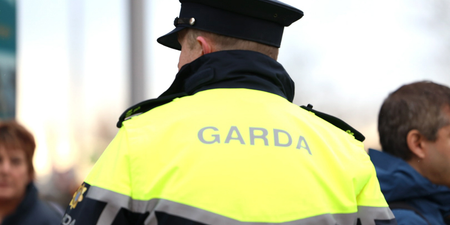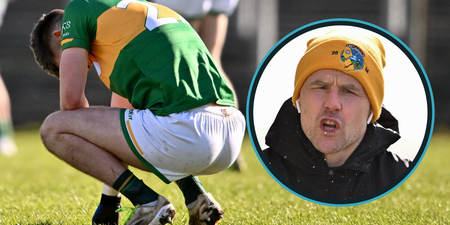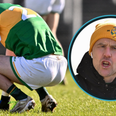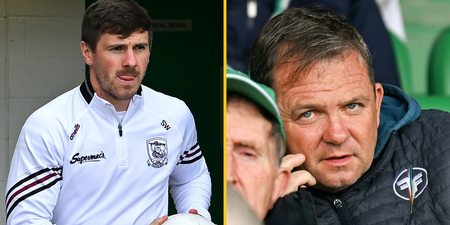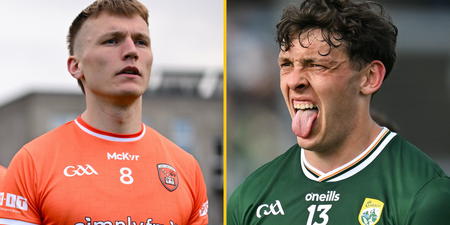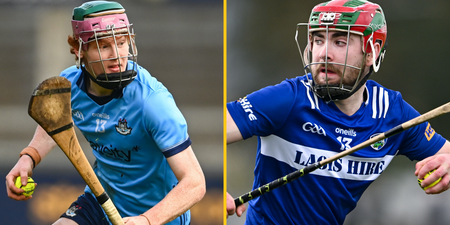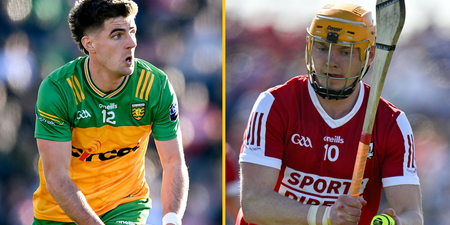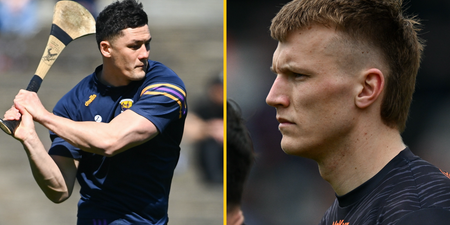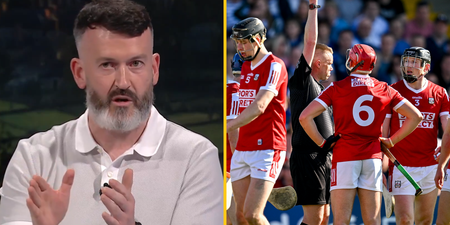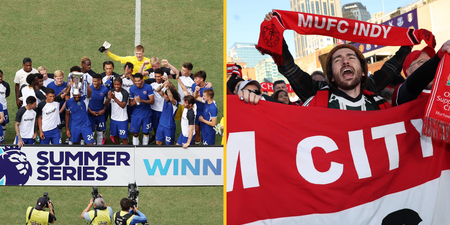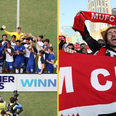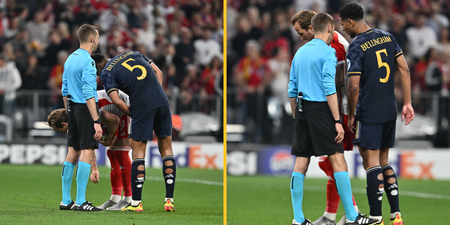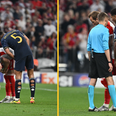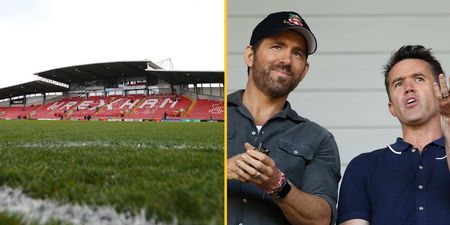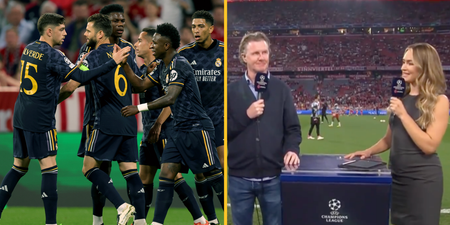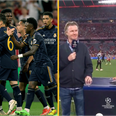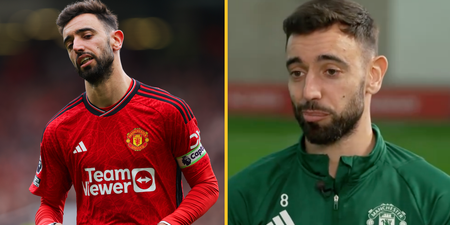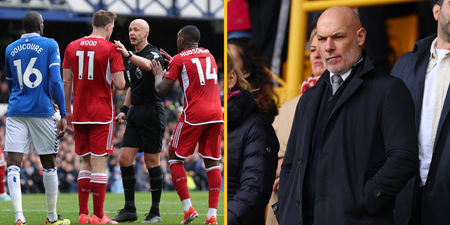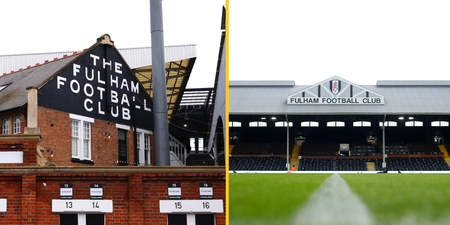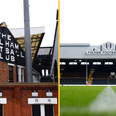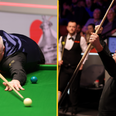Longford’s Michael Quinn claimed he was unable to participate in Sunday’s free-taking competition against Meath because he felt cramping towards the end of extra-time.
Meath and Longford made GAA history when their O’Byrne Cup semi-final clash at Pairc Tailteann in Navan was decided by a free-taking competition from 45 yards out.
Meath won the shootout 2-1. With ten kicks in total, only Royal County duo Mark McCabe and Cillian O’Sullivan and Longford’s Sean McCormack were able to convert successfully.
While some hailed the unprecedented climax to the game as historic and exciting, Quinn’s admission that he wasn’t fit enough to take one has cast doubt over whether it’s safe for players to participate in free-taking at the end of a gruelling encounter.
A historic day in GAA history https://t.co/OITpllncsy
— GAA JOE (@GAA__JOE) January 14, 2018
To get an expert view on the topic, SportsJOE asked Eamon O’Reilly, a physio who has worked with several intercounty football and camogie teams, as well as six years with the Dublin hurling side, whether or not free-taking competitions are a risk to the fitness of the players.
“GAA athletes are extremely well conditioned for the demands of the game and fatigue (both mental and physical) will be the players’ biggest opponent in a shootout,” he said. “There is an argument that by finishing the game on the day that injury risk will be decreased, given there will be no replay.
“Research in gaelic games tells us the risk of injury (per 1000 hours) in matches is much higher than in training, so by eliminating the replay, you decrease the risk of injury. This risk is most likely higher than the fatigue induced risk of injury through extra time.”
“Fatigue is always a risk factor for musculoskeletal injury, especially muscular injuries. Therefore any period of extra time will bring on extra risks for a squad. In this particular game at the weekend, the shootout took place after the first 20minutes extra time and did not go to the further 10 minute period of extra time due to fading light, so the risk of injury may have been even higher if the teams had to go through a further 10 minutes as per the official new rules.”
With regards to preventing injury, O’Reilly claims that it’s important to keep moving prior to a shootout as it prevents the build-up of lactic acid.
“Limiting the build up of lactic acid and stiffness prior to the shootout. This most likely would be achieved through some sort of dynamic movement. Obviously by using your full complement of substitutions in extra time will allow for more fresh players being available to undertake a shootout.”
WATCH: Liverpool BOTTLED the title race 🤬 | Who will win the Premier League?






